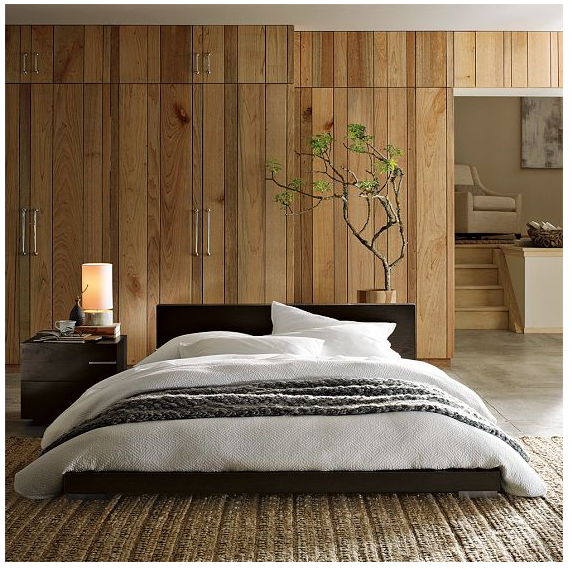
When my husband, Anil, and I visited our family in India last October, we were invited to the home of friends in a village in the hills near Pune, about 2½ hours by car from Bombay. There was an exceptionally serene quality about this home and I learned from our friends that it was designed with the input of an expert in vastu, a 5,000-year-old Vedic system of architectural planning that enables houses and buildings to be situated and constructed in harmony with nature and unseen energies. The system combines science with spirituality and was the precursor to feng shui, the Chinese and Tibetan system of building design and placement, which is more well-known in the West.
Since we’re planning our own renovation projects, I thought it was worth looking into how we might apply the principles of vastu to our home. I found an American author and vastu expert, Kathleen Cox, online and contacted her for an interview. After we talked, Kathleen sent me a copy of her book called Vastu Living (Harper Collins), which clearly describes the complex system and how it works. After reading part of the book, I arranged a consultation with Kathleen and learned that her approach to vastu involves determining the ayurvedic constitution of the people who live in the home. Ayurveda, an equally old sister discipline to vastu, is a traditional Indian system of medicine and natural healing that relies heavily on herbs and healthy eating to cure ailments and maintain good health.
After my husband and I answered her questionnaire, she determined what two ayurvedic doctors in India had already told me on previous occasions while we were in India. That is that my dominant dosha, or essential energy, is vata, followed by pitta, and that my husband’s dominant dosha is pitta, followed by kapha. To briefly sum up these three energies, which ayurvedic practitioners believe all people have to various degrees, I can tell you that vata people are light-weight creative types with quick, dreamy thoughts and a fair amount of angst, pitta people are generally very competent business people with medium builds and a tendency to get angry easily, and kapha people are practical, slow-moving, heavier-set people, who are generally thoughtful and considerate of others.
If you want a home that’s not only in harmony with nature, but also in harmony with your constitution, said Kathleen, you need to define your constitution first. She also told me that many of the elements in our home exacerbate my vata energy rather than balance it. These include round, metal, glass and shiny objects and furnishings, all of which, she says, speed up energy and make and an energetic vata person like me even jumpier. Her suggestions were to introduce more wood and organic elements, which I love and always gravitate to, and more earthy colors, which I also favor. We have warm, earthy elements and colors in our home, but we

also have a lot of glass and stone and blue hues, which, Kathleen said, need to be balanced with even more grounding colors and elements, such as rugs and throws made of natural fibers. A specific suggestion was to top our round, glass dining table with a square cotton or linen tablecloth and set the table with square plates. My husband and I are willing to give this recommendation a try. I’ll keep you posted on what happens. Meanwhile, if you want to learn more about Kathleen or her books, visit her Web site.



